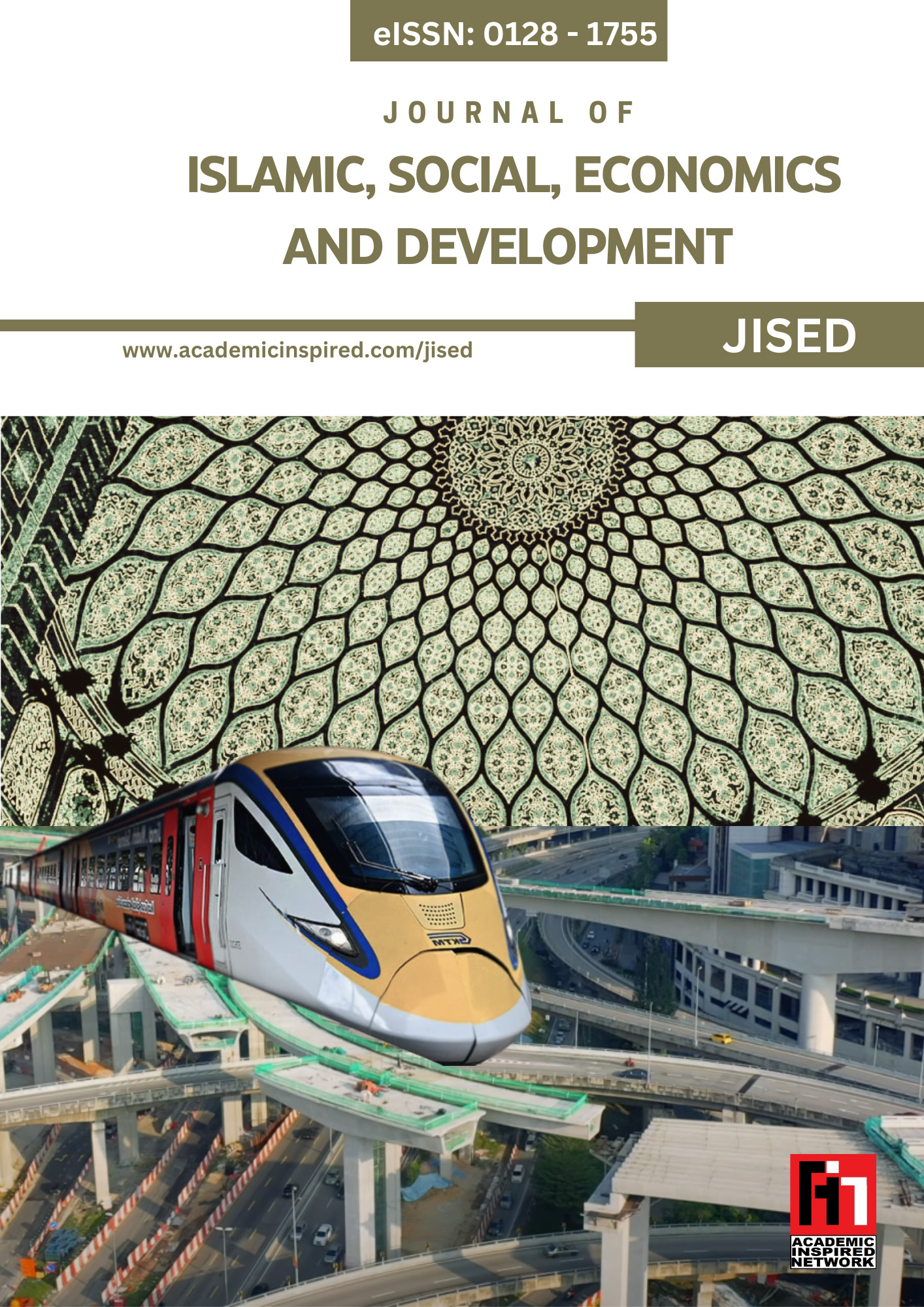15. THE INFLUENCE OF ISLAMIC BRANDING ON MUSLIM CONSUMERS' PURCHASE INTENTION
Keywords:
Islamic Branding, Food Product, Purchase Intention, Islamic Visual CueAbstract
The concept of Islamic branding refers to Muslim consumers' attachment to certain food products that they believe the product is Halal. Thus, apart from using the Halal logo, most food products in the Malaysian market have packaging that is purposely designed to carry specific visual cues with Islamic elements to convince Muslim consumers to purchase. This strategy often works effectively for certain products, especially for low-involvement products such as foods, where consumers often make their purchase decision quickly without putting too much effort into looking for more information to support their purchase decision. Instead, the decision often relies solely on habit and scarce information related to the products. Hence, a decision often relies so much on the visual cues on the packaging, including the colour, pictures, and wording, the signal that the products are Islamic; thus, it is undoubtedly Halal. Unfortunately, such practice can potentially expose Muslim consumers to the danger of Halal fraud. Therefore, this study aims to investigate the influence of Islamic branding on Muslim consumer's purchase decisions using visual cues. The research was carried out using a quantitative method, where a survey was conducted on 153 Malay Muslim respondents. Questions were adopted from the previous study, and the visual cues used were selected based on the products that carry specific Islamic branding cues. Concurrent validity was used to analyze the instrument's validity, and the final data were analyzed using descriptive analysis. The findings show the effectiveness of Islamic branding in convincing Muslim consumers of food purchases. However, the findings also show that specific Islamic branding that was heavily used before but later was associated with negative publicity is no longer effective in convincing Muslim consumers. Furthermore, the continued use of such Islamic cues on food packaging could backfire on the product and dilute product equity. This study highlights the loophole in the Halal product market in Malaysia. Despite the widely used Halal Malaysia logo and certification in the Malaysian market, many manufacturers in Malaysia still refuse to obtain the legit Halal endorsement as obtaining a Halal certificate is optional. Hence, it creates an opportunity for marketers to manipulate Muslim consumers through this means. Therefore, the findings should provide evidence for authorities to enforce strict regulations based on Islamic branding on food products. This research uses questionnaires and visual cues from Malaysian market products to investigate the effectiveness of Islamic branding in influencing Muslim consumers to purchase. Previous studies do not highlight the impact of Islamic branding cues but rely solely on the survey data; thus, the conclusion sometimes does not reflect the actual products in the market. By using the visual cue, this study also revealed that some of the Islamic brands widely used before are no longer influential; in fact, the continued usage of such cues could backfire on consumer trust.













